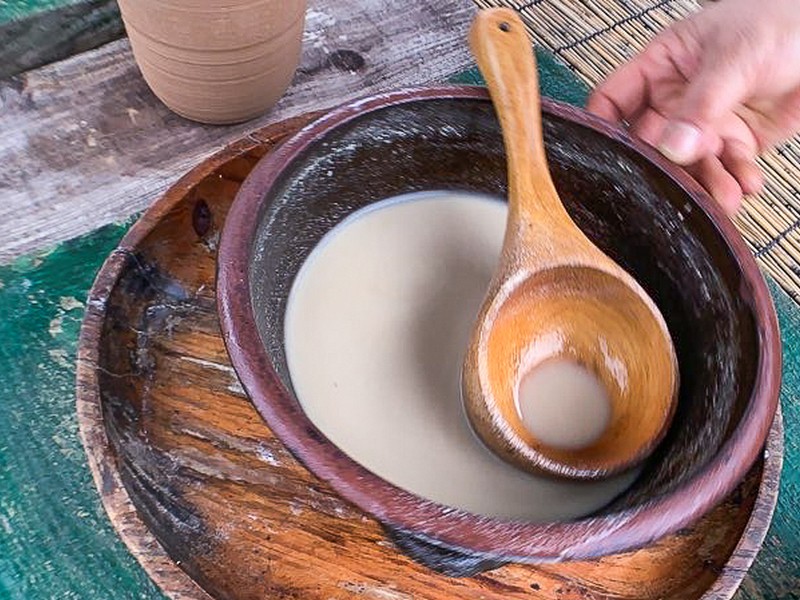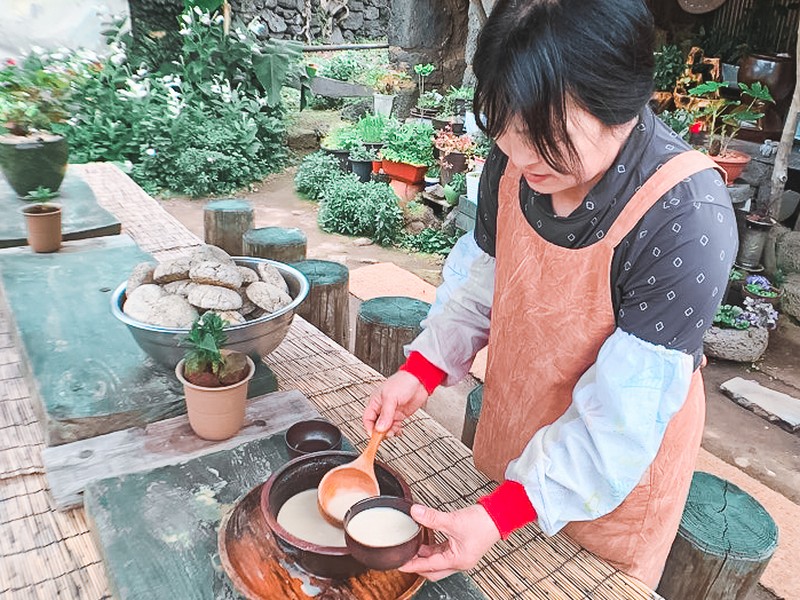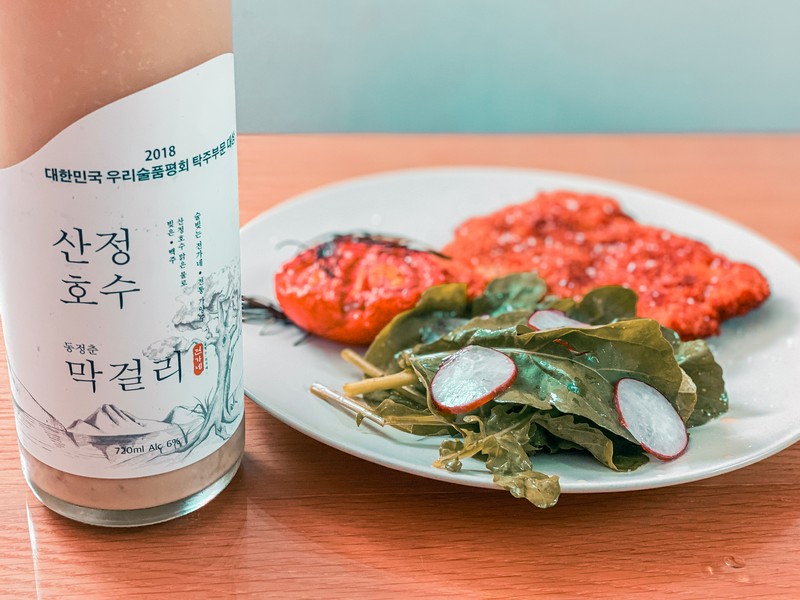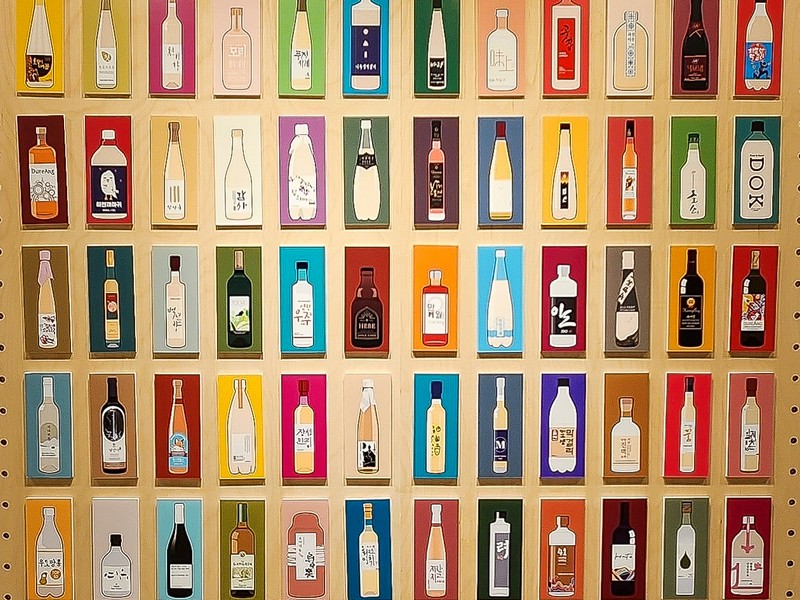KOREA | NETHERLANDS | GLOBAL
Buying Sool Online: The Cheongju / Yakju Edition
What better time than during Social Distancing to expand your sool tasting horizons! There are a lot of traditional Korean alcohols available for delivery straight to your door. Read on to find out recommendations and where to buy them.
This is part three of our online shopping recommendations to support Korean breweries during this time of social distancing. Don’t forget to check out The Makgeolli Edition and The Artisan Takju Edition.
Some Things to Note
Once again, our links to purchase these brews are to Coupang, as we find them to be the most comprehensive sool source in one place. If you are already a Coupang user, it means you don’t have to compete with the terrifying world of Korean website payment gateways, simply put your sool in the basket and check out. If you’re not a Coupang user, no worries! Simply search some of the recommended sool names in your preferred platform and see if they offer them there.
Using Coupang a tough task? Would rather go sober than deal with any Korean online platform? We get it. Been there, done that, still drinking our way through it.
One option if you can’t get through the registration process of Coupang is to use the personal assistant service Wonderful. Wonderful is also an expat owned concierge business that we love to support, and they do a stellar job at making life easier for non-Korean speakers living all over the peninsula. Simply tell your personal assistant at Wonderful what you want, and they will take care of the rest.
Cheongju & Yakju
If you’ve never heard of cheongju or yakju, you might be a bit hesitant to just throw bottles into your checkout cart willy nilly. We have been saying for years that cheongju is the unsung hero in the world of Korean sool, with its versatility in food pairing and a broad range of flavour profiles. High in alcohol content, often fruity or sweet, this category of sool is more akin in style to a strong wine or sherry.
But what is cheongju exactly? Simply put, after filtering a batch of ‘wonju’ (original mash after fermentation) and putting it in cold storage, the heavier sediment layer will settle to the bottom and a golden clear layer appears at the top. This golden clear layer is what’s called ‘cheongju’ or ‘yakju’, and was considered the higher quality drink in times gone by. Not as commonly drunk for fun these days, cheongju is predominantly used for ceremonial rights and ancestor offerings than in bars. But we love to see that change!
Note: For information on soju and liquors, stay tuned for the next instalment of the series.



1. Solsongju (솔송주)
Solsongju is a great way to ease into the cheongu / yakju category if you’re as yet unfamiliar. It’s a very light in body, gentle and aromatic brew that has plenty of food pairing potential. Solsongju comes from a very well known heritage listed brewery in Hamyang that infuses its line with pine needles. We often reach for Solsongju when we need a cheongju that will go with fresh dishes like salads and seafood, and it also goes great with a cheese or antipasti platter. It is a little more accessible than some of the other cheongju in our list, and it is definitely worth stocking in the fridge.
2. Samyangchun Yakju (삼양춘 약주)
Samyangchun Yakju is where the flavours of rice and nuruk really come alive. This brew is unpasteurised and showcases the harmonious complexity of sweet, floral and boozy acidity that comes with well-executed sool. With a medium body, Samyanchun Yakju has just enough punch to make you sit up and take notice, without tiring out the palate. Personally, we think a chilled Samyanchun Yakju goes down great on its own in a wine glass at the end of a long day (though beware at an ABV of 15% it can go down a little too easily!)
4. Gyeryeong Baekilju Yakju (계룡백일주 약주)
The first time we discovered Gyeryeong Baekilju, it was like an aroma explosion for the senses. The recipe of ‘Baekilju’ is exactly what it translates to, 100 days of fermentation, and it is used by a lot of hand-crafted breweries across Korea. Gyeryeong Baekilju is famous for its infused soju, but the yakju is also something to behold as its infused with chrysanthemum, azalea flowers, pine needles and omija berries. It is a pasteurised cheongju, so shelf life and storage is more flexible, and it also comes in these hefty 1.8L volumes!
5. Mi-in Yakju (미인약주)
Mi-in Yakju is the counterpart to Brewmaster Choi Haengsuk’s ‘Beautiful Woman’ Takju (High ABV% makgeolli). The characteristics that make Mi-in stand out from the crowd is an earthy savouriness, with a hint of spicy booze to back it up. Mi-in has a real rustic vibe about it that makes it a lot of fun to pair with. It naturally complements some of the funkier flavours of Korean cuisine, especially anything with a bit of doenjang (fermented soybean paste). It also has some potential with the more hardcore of the cheeses….Blue cheese fans unite!


6. Cheonbihyang Yakju (천비향 약주)
Cheonbihyang Yakju is the creme de la creme of the Joeun Sool Brewery line. It is fermented for three months in five stages, and aged in cold storage for nine months before it ever sees the light of day. Yep you did the math right there….it takes a full year to make this cheongju. And it is artful indeed! Cheonbihyang’s profile is all about a silky, luxurious sweetness with a high ABV% to balance it out. It makes for an excellent dessert wine, with some truly eye-opening flavour explosions when paired with bitter, dark chocolate.
7. Soonhyang Ju (순향주)
Sunhyang ju is all about balance. It is also a five stage fermentation and it is a true example of traditional style cheongju. Aged for three months before release, Sunhayngju has a smooth body with a pleasant fruity aroma and sweet profile. Drinking Sunhyangju prompts memories of brewing with friends and sharing the cheongju love, and it is a very flavourful and character-driven brew.
8. Cheongjinju (청진주)
Cheongjinju was one of the first cheongjus we tried that was pasteurized. Normally we prefer fresh sool because of all those lively characteristics that come from the presence of yeast. But Cheongjinju is one of those rare exceptions that holds up on its own and is a delightful addition to the cheongju repertoire. It is much lighter and delicate in body than some of the traditional styles, and it has a more dry profile. The longer shelf life gives it some leeway when it comes to storage, and it’s a great pair with some gamey meats.
9. Sejong Daewang Oh-ju (세종대왕어주)
We held a private tasting evening not too long ago with a 10-course meal featuring an array of sool running the gamut. At the end of the meal, we asked our 30 odd European guests what sool they liked best, and Sejong Daewang Oh-ju got resounding reviews. While this is not usually on our rotation due to the presence of sweeteners, it gets a mention for being a definite crowd-pleaser. It has a drinkability akin to wine, even if it is on the sweeter end of the spectrum.
As with our other recommendation posts, remember that they can also be found directly at the brewery websites or on other shopping platforms if you can navigate in Korean. The most important thing for these small breweries is that they are supported, especially in these uncertain times. Whatever way you choose to get your brews, just make sure you get them! Stay tuned for our next installment, the often misunderstood world of quality soju.
Visiting Korea Soon?
Check out our brewing classes and other experiences in our space in Seoul.
Read more…
Why Do Koreans Drink Makgeolli on Rainy Days?
You’ve probably heard it before, “It’s raining ~ let’s drink makgeolli!” But why is this the battle cry whenever the…
The Sool Gallery: A Korean Alcohol Museum In Seoul
The Sool Gallery (전통주갤러리), previously located in Gangnam, has relocated to Anguk Station in the traditional Bukchon area near Insadong…
The 2021 World Suul Conference
The 2021 World Suul Conference took place in a two day online event and covered the ins and outs of…







